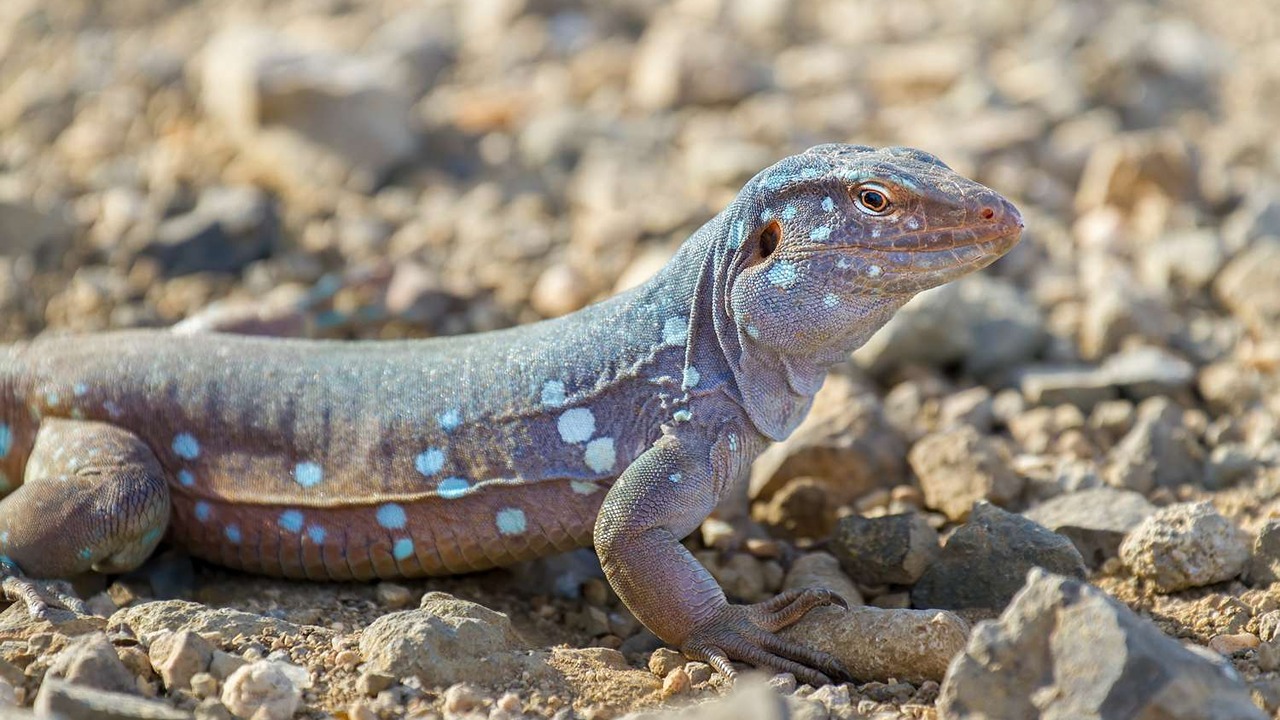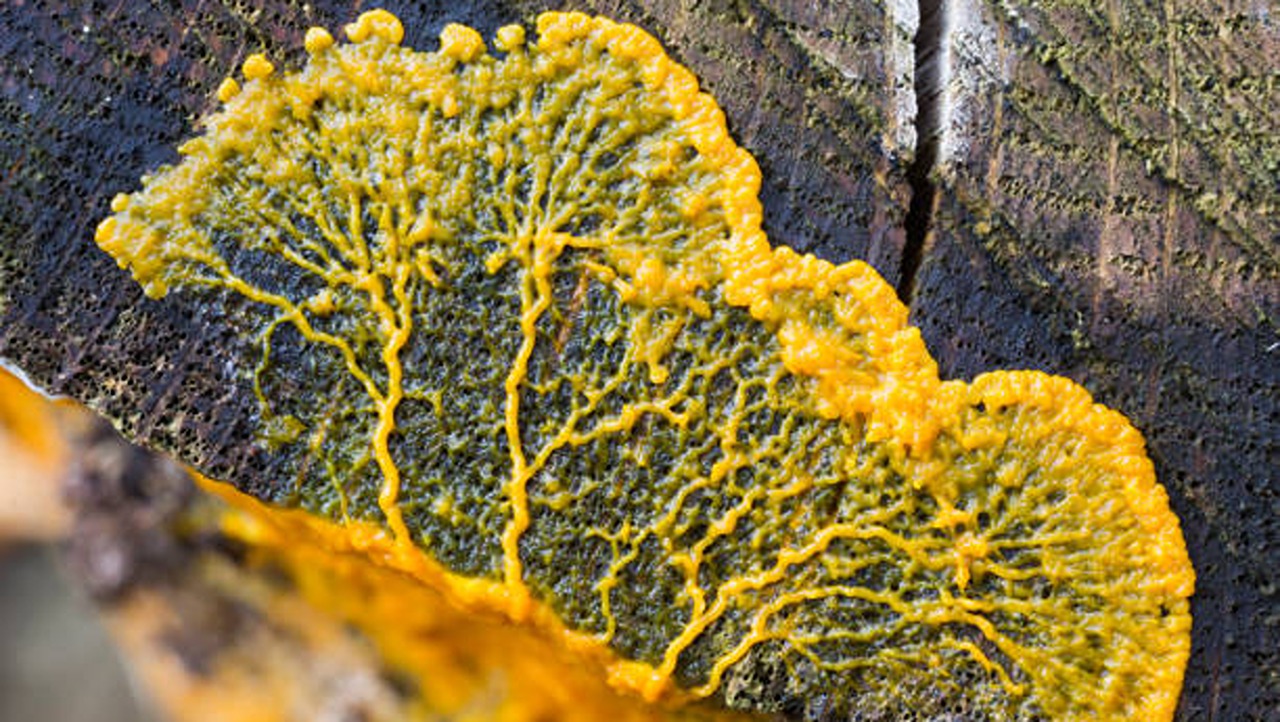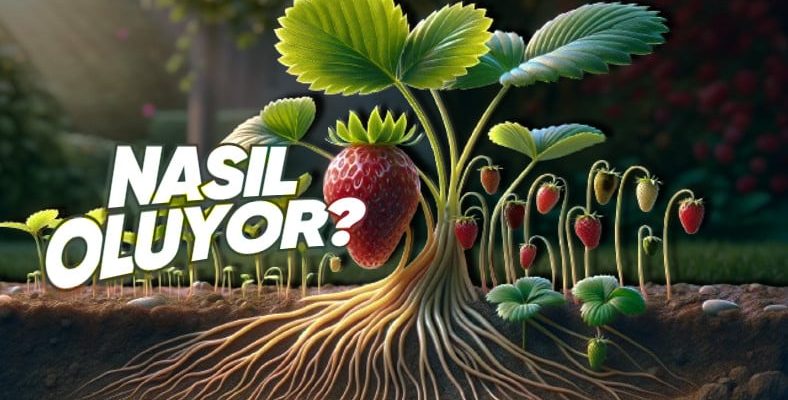All living things reproduce to reproduce. But as far as we all know, this situation may vary slightly. While we humans and most animals reproduce sexually, most creatures do so asexually. So, what is the asexual reproduction that most reproductive creatures carry out? What are the characteristics and types of this breeding type, which does not have a single type? Let’s take a look together.
Living things reproduce in order to continue their lives and to give birth to new creatures similar to themselves. As in humans in animals and plants This reproduction occurs naturally. But contrary to popular belief, they all reproduce differently from each other. How?
This reproduction does not occur in a single way. Just like the sexual reproduction that occurs in us, it can be replaced by asexual reproduction in other living things. Wondering how asexual reproduction happens and thinking “this ‘asexual reproduction If you are thinking “In which living things is it seen?”, let us explain it immediately.
Let’s start from the basics: What is asexual reproduction? How come?
What you see in the image above is asexual reproduction. As you can see, they do not have a partner to reproduce. Every living thing has its share of these types of reproduction that we have become familiar with in biology classes. Basically, reproduction occurs in two ways: sexual and asexual. While sexual reproduction occurs with a partner, fertilization does not occur in asexual reproduction. In other words, we can say that it is a form of reproduction in which a new organism derived from a single organism carries only the genetic material of that organism.
In this case, the new individual that emerges is virtually a genetic copy of the parent organism, and this similarity occurs at exactly the same level. So for this type of breeding a genetic replica of the parent organism We can also say.
So which creatures reproduce asexually?

- Bacteria and archaea: Prokaryotic organisms at the microscopic level can reproduce by dividing for thousands of years without exchanging genetic material. This also gives them the advantage of quickly adapting to environmental changes.
- Single-celled organisms: Single-celled organisms such as amoeba, paramecium and euglena divide by asexual reproduction types such as division into two and reproduction by spores.
- jellyfish: These creatures can also create new individuals using their unfertilized eggs.
- Hydra and sea anemones: These invertebrates reproduce by budding. The resulting buds can separate from the parent organism and live independently.
- Mushrooms: They use the reproductive mechanism with spores. Spores covered with a strong cover develop under suitable conditions and form new individuals.
- plants: Organisms such as some non-flowering plants, ferns and mosses reproduce by spores.
- Arthropods: In arthropods such as bees, ants, and aphids, the formation of a new individual from an unfertilized egg cell is observed.
- reptiles: Some reptile species also prefer asexual reproduction by parthenogenesis. In these species, the female can reproduce by laying eggs without fertilization.
Asexual reproductionIn the simplest terms, it is a kind of reproductive strategy used by living things to bring new creatures into the world. This strategy may come into play with a variety of situations encountered by organisms. We have compiled above the creatures that adopt this method of reproduction and that we are familiar with from biology lessons.
In order to adapt to environmental conditions and evolutionary pressures, these creatures asexual reproduction They are making it happen.
If you thought asexual reproduction was uniform, you were wrong. There are also varieties of this.
- dichotomy
- Budding
- Regeneration
- reproduction by spores
- Parthenogenesis
As can be seen, living things reproduce in many ways and there is more than one type of asexual reproduction. While bisection is observed in organisms with prokaryotic cell types, such as bacteria and archaea, and in single-celled organisms with eukaryotic cell types, such as amoeba, paramecium and euglena; budding, in single celled organismsIt is seen in invertebrates such as hydra, coral and seedless plants.
Regeneration It is a phenomenon in which the severed body parts of some creatures, such as starfish and lizards, complete themselves and transform into new individuals. parthenogenesisIt is seen in arthropods, bees, ants, aphids, frogs, reptiles and some birds.
Examples of asexual reproduction:

slime mold
- bacteria
- slime mold
- New Mexico whip-tailed lizards
Bacteria reproduce by binary fission. The parent bacterial cell makes a copy of the DNA, producing two identical clone cells. Then with chromosome separation DNA is pulled to opposite poles of the cell and with cytokinesis, the cell divides into two.
slime moldIt forms stalked reproductive bodies containing spores, and the cells undergo meiosis. Thus, it produces haploid spores that are dispersed by the wind. In favorable conditions, the spore germinates and releases a haploid cell. When cells come together in a structure called pseudoplasmodium, fruit bodies are produced.
New Mexico whiptails are all-female lizards. and they reproduce through parthenogenesis. They produce diploid offspring by doubling the number of chromosomes.
In conclusion asexual reproductionAlthough it is one of the strategies of living things to adapt to various situations and maintain their populations, it should not be overlooked that the advantages and disadvantages of this situation vary depending on factors such as environmental conditions encountered by organisms, levels of genetic diversity and competition between species.
Our other content related to reproduction:
RELATED NEWS
Forget All Urban Myths: 9 Scientific Facts About the Male Reproductive Cell ‘Sperm’
RELATED NEWS
How were “sperms”, which no one wanted to investigate because they were found disgusting, discovered and what were the reactions?
RELATED NEWS
According to Science, What Should Be the ‘Ideal Penis Size’ for a Healthy Sexual Life and Reproduction?
RELATED NEWS
